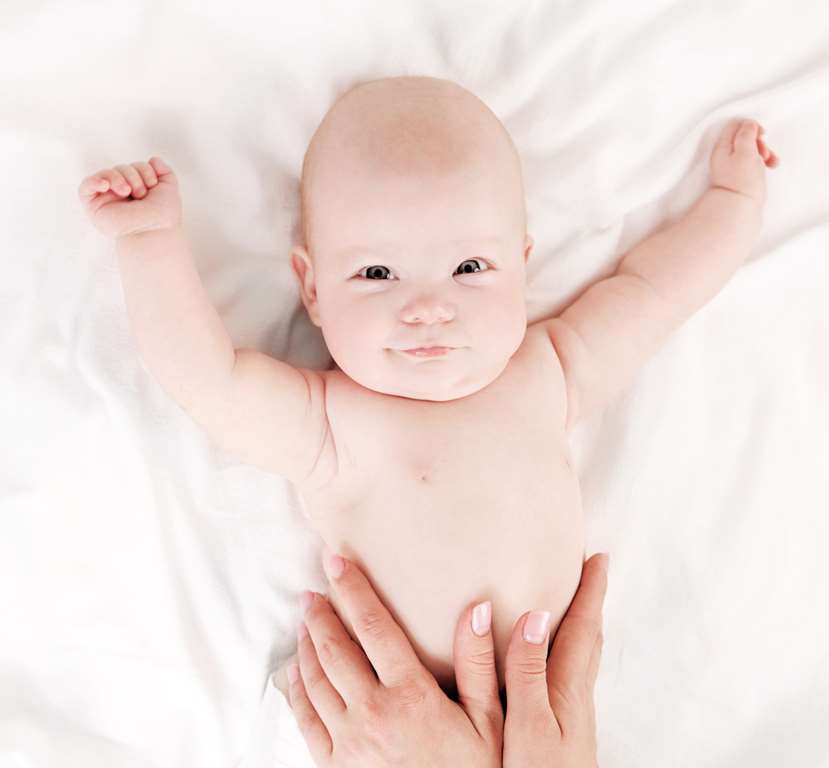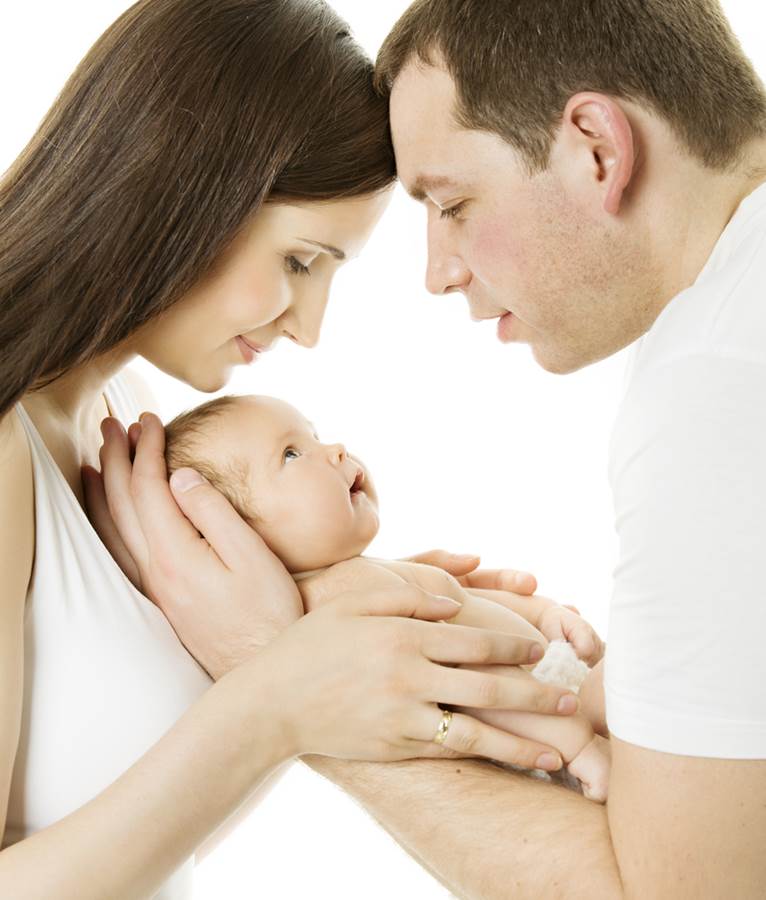What You Need to Know About Diaper Rash and Newborn Eczema
In the first installment of our series about infant skin issues, we would like to discuss two common newborn rashes. Our office regularly receives calls from alarmed parents regarding a rash on their baby’s skin and what they should do about it. A rash will typically cause your baby’s skin to feel dry and look red, bumpy, swollen, or scaly. Some rashes are itchy and some are accompanied by a fever. A rash can also be indicative of an allergic reaction. It’s important to keep in mind that when dealing with allergic reactions, immediate medical attention may be needed in certain situations. However, there are many common issues that affect a newborn’s skin and most of them are easily treated with over-the-counter remedies.
Diaper Rash
Red, inflamed skin, sometimes with bumps, that develops on your baby’s bottom is often a diaper rash. The areas frequently afflicted by diaper rash include the lower abdomen, buttocks, genitals, and the skin folds between the bottom and thighs. What can cause diaper rash?
- wet or soiled diapers being left on the baby for too long
- baby wearing a diaper that’s too small
- allergic reaction to a new product being used: baby cream, lotion, detergent, fabric softener, brand of diaper or diaper wipes
- allergic reaction to a new food: increased frequency of bowel movements as the result of new food introduction, combined with an irritant in the stools themselves, can irritate baby’s skin
- bacterial or yeast infection
By removing the skin irritant, diaper rash can usually be cleared up in three to four days. To help diaper rash heal and prevent re-occurrence, it’s important to change the baby out of wet or soiled diapers as soon as possible. You’ll want to gently but thoroughly clean your baby’s diaper area with baby wipes or a washcloth and water. If possible, let your baby’s bottom air dry a bit or be exposed to airflow whenever possible to prevent the moisture-rich environment in which a diaper rash can thrive. It’s a good idea to use a diaper rash cream on your baby’s skin to create a moisture barrier.

Mother massaging the belly of her four month old baby in bed at home
If your baby’s rash looks severe or is accompanied by a fever, please call Entirely Kids Pediatrics. Dr. Leung can examine your baby and evaluate his or her condition. If you have attempted to treat your child’s rash for a few days, but are seeing no improvement, we would also recommend a call to our office.
Eczema
If dry, red, crusty patches are appearing on your baby’s skin, your baby may have eczema. Eczema is not contagious. It often appears after your baby’s first month on the inside of the elbows, behind the knees, or on the cheeks, but it can appear anywhere on the body. For infants, eczema is more likely to present on the body than on the face.
Eczema can be a result of genetics and sometimes runs in families. If a parent has a history of eczema, hay fever, or asthma, their child is more likely to develop it, too. Babies under the age of two years with eczema are at increased risk of allergies and asthma. Some research indicates that eczema may be caused by an immune-system dysfunction affecting the skin barrier and its ability to hold in moisture. When the body produces too few fatty cells called ceramides, the skin loses hydration and becomes very dry.

Eczema could also be related to the way your baby’s immune system responds to environmental irritants. These irritants can include:
- Allergenic foods
- Clothing made of wool or synthetic fibers
- Cigarette smoke
- Dry winter air
- Dust mites
- Excessive heat or dryness
- Heavily-fragranced products such as laundry detergents, perfume, and air fresheners
- Mold
- Pet dander
- Pollen
- Skin infections
- Sweat
- Stress
As you can see, a wide variety of environmental factors has the potential to cause a reaction from the immune system. The resulting patches of rash can range from rather mild to very itchy. If you think your baby is suffering from eczema, there are a few steps you can take that may help:
- Use mild, unscented soaps
- Use laundry detergents that are free of chlorine, brighteners, phthalates, phosphates, sulfates, artificial fragrances, and dyes
- Dress your baby in soft clothing and avoid itchy fabrics
- Limit baths to no more than three times per week
While the use of a moisturizer can’t prevent the onset of a baby’s eczema, an over-the-counter cream is often sufficient to help the skin heal and encourage the rash to clear. Apply a cream, ointment, or lotion to the inflamed areas at least twice per day. (When trying a new cream, you’ll want to test it on a small area of your baby’s skin first to make sure it is well-tolerated.) If the rash doesn’t appear to be improving, make an appointment at Entirely Kids Pediatrics, as Dr. Leung may need to prescribe a prescription ointment or cream.
